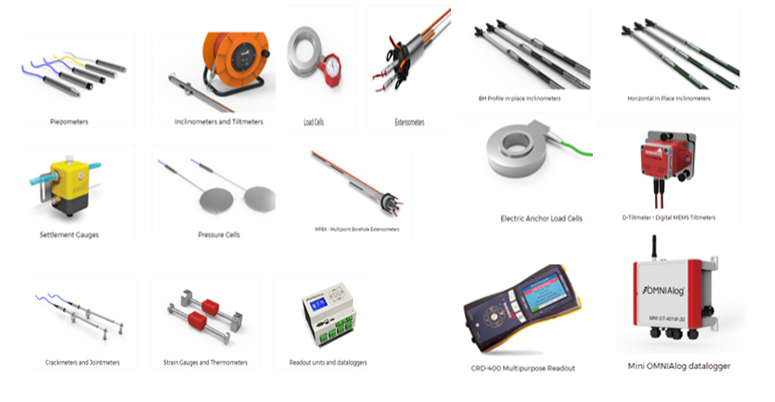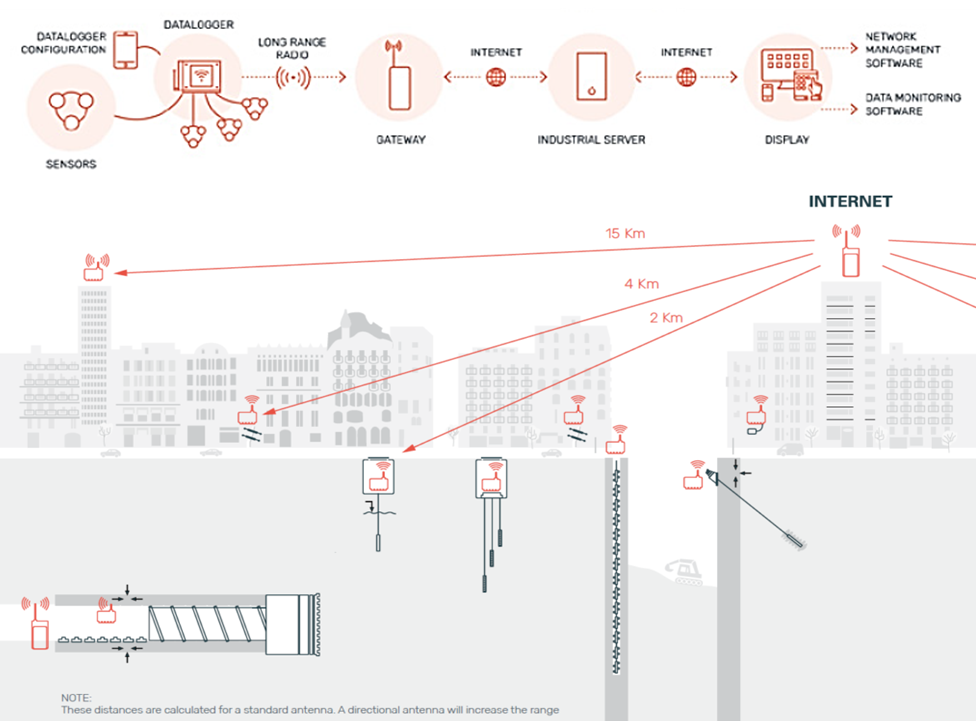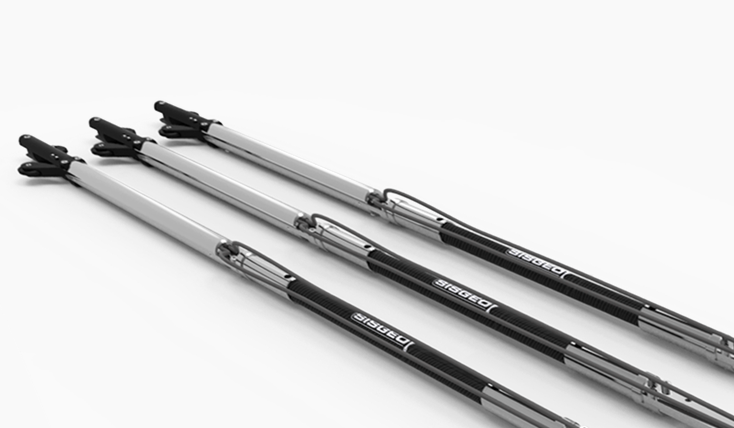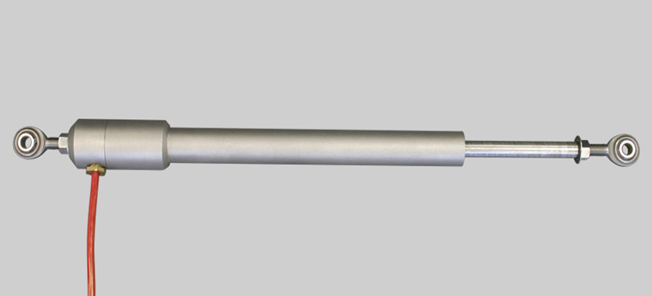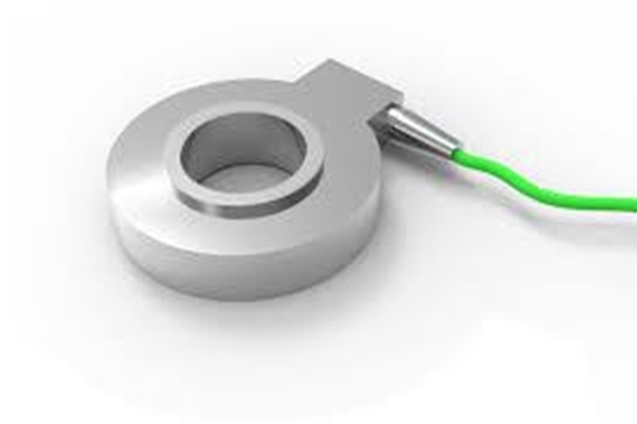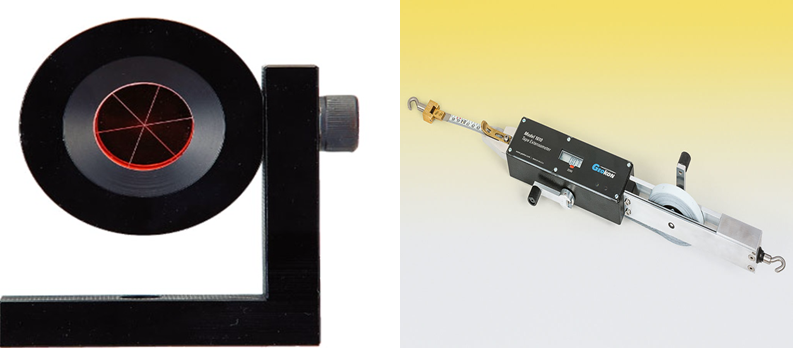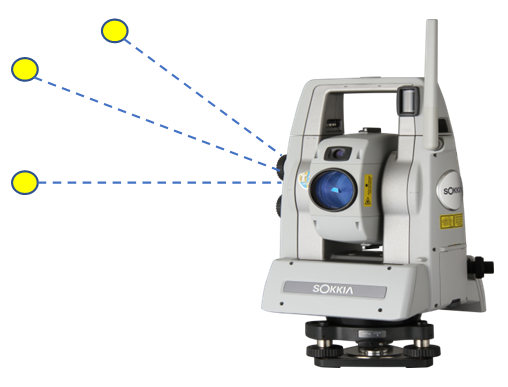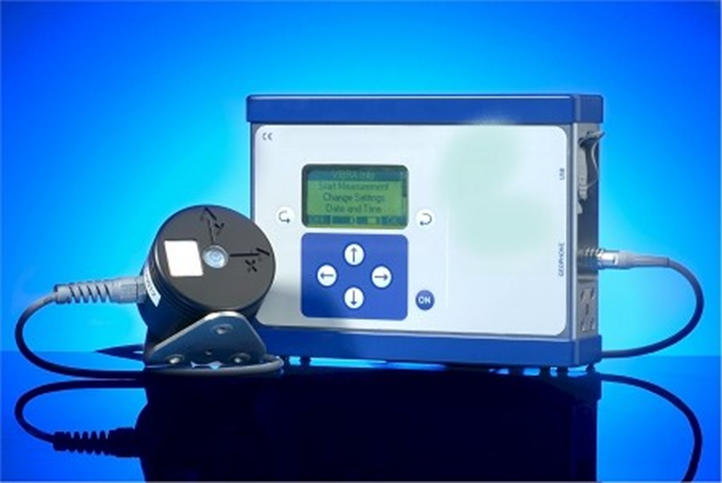Geomotion Singapore provides a broad range of high precision geotechnical, environmental and structural instruments based on client & project requirements.
Each project presents a unique set of critical parameters. Sometimes the behavior of ground, structure or rock mass typically involves not only one, but many parameters. In some scenarios, it may be sufficient to monitor only one parameter, but when the problem is more complex, it is required to measure number of parameters by means of different instruments for correlation between the measurements.
Instrumentation & Monitoring can reduce & eliminate the undesirable consequences from construction. These consequences may be the result of adverse performance, damage to adjacent facilities, and/or delays.
In these scenarios, effective instrumentation and monitoring (manual and real time) has a vital significance.
Each project presents a unique set of critical parameters. Sometimes the behavior of ground, structure or rock mass typically involves not only one, but many parameters. In some scenarios, it may be sufficient to monitor only one parameter, but when the problem is more complex, it is required to measure number of parameters by means of different instruments for correlation between the measurements.
Instrumentation & Monitoring can reduce & eliminate the undesirable consequences from construction. These consequences may be the result of adverse performance, damage to adjacent facilities, and/or delays.
In these scenarios, effective instrumentation and monitoring (manual and real time) has a vital significance.
We provide Instrumentation and Monitoring for measurement of simple to very complex parameters. We monitor the data given from the instruments to analyze the condition of the soil and structures. Our expertise includes the following:
Geomotion Wireless Real Time System
Geomotion Singapore is the specialist in customizing the real time monitoring system as per specific project’s requirements.
Geomotion Singapore real time system is:
Geomotion Singapore is the specialist in customizing the real time monitoring system as per specific project’s requirements.
Geomotion Singapore real time system is:
- Commercially saving and cost effective for client
- Technically superiority
- More efficient
- Use of latest advance technology
- Operationally not compromising
- More Real Time information that enables to respond to the problems right away
- Enables filling data gaps
- Enables to easily modify the network, plug and play
- Real time data and remote control of the network
- No more data handling, Real Time collection
- Can be easily deployed any where
- Easy set up
- Instant web data access
Deformation of Ground and Structure Observation
Inclinometer (Manual and Real Time)
|
Inclinometers are widely used in civil engineering to monitor ground movements and structural displacement. The most common applications are: Landslides, Dams, Unstable slopes, Pile testing, retaining structures and Diaphragm walls, Tunneling, Deep excavations, Bridges, viaducts and other structures, Embankments. With the inclinometers, ground movements are monitored by installing special grooved inclinometer tubes into vertical or horizontal borehole. Inclinometer tubes will take the deformation of the ground, so by measuring the tube deflection also the ground displacement is monitored.
Vertical and horizontal In-Place Inclinometers (referred to as IPI) are used for Real Time monitoring of critical locations or where continuous monitoring of the displacements is requested |
Electrolevel/MEMS Sensor (Manual & Real Time)
|
Electrolevel/MEMS Sensors detect differential movement and rotation in structures. Two versions of the beam sensor are available: horizontal for monitoring settlement or heave and vertical for monitoring lateral displacement and convergence. The sensor is attached to a rigid beam for installation and various beam lengths are available. Both ends of the beam are fixed using anchor bolts.
When multiple beams are placed end to end, a differential displacement profile of the structure from anchor point to anchor point can be derived. The most common applications are: Brick and stone buildings, Heave and settlement due to adjacent construction activities, Bridges and dams, Impounding and loading effects in the short or long term, Pipelines, Differential levels, Tunnels, Vertical rotation and track deformation. |
Wireless Tilt Meter
|
Tilt meters are required to monitor inclination/rotation of civil structures. Tilt meters are available in different models with both MEMS or servo accelerometers, uniaxial or biaxial, digital or analogue signal.
Applications for the tiltmeter include: Monitoring rotation of retaining walls, piers, structures and piles, providing early warning of potential structural damage, Documenting any effects of nearby deep excavations. |
Crack Meter (Manual & Vibrating Wire)
|
Crack meters detect and record movement of cracks in concrete, brick or masonry structures. There are available in diverse types depending on the requirement e.g. Tell – Tale Crack Meter, Demec Crack Meter & vibrating wire type etc.
Typical monitoring applications include: Brick and stone buildings, Bridges and dams, Construction joints, Pipelines, Joints and bearing/support interaction, Tunnels and lining cracks, Structures susceptible to earthquake and landslide areas |
Load Cells (Manual & Real Time)
|
In geotechnical and structural monitoring load cells are commonly used to monitor the load applied to anchor tendons, the force applied on piles e.g. during pile load testing and for force distribution measurement in the steel lining (tunneling).
Other applications are: Retaining walls, Dams, Foundations & Bridge bearings etc. There are diverse types of load cells depending on the requirement e.g. Hydraulic anchor load cells, electric anchor load cell & Electro-hydraulic load cells. All load cells with electrical signal output can be manually read with a portable readout or can be connected to datalogger for Real Time data management and alerting. |
Settlement Marker and Plate
|
Settlement markers and plates are used to measure a localized settlement or heave of roads, structures, slopes, embankments, earthworks utility pipes and cables etc.
Different types of settlement markers include: Building Settlement Markers, Barcode Type Settlement Markers, Ground Settlement Points (in Concrete/Asphalt) , Ground Settlement Points (in Soil), Utility Settlement Markers (in Concrete/Asphalt), Utility Settlement Markers (in Soil). Generally, the top of the settlement points/rods is measured by the survey method to monitor the settlement of the ground. |
Multilevel Extensometer (Manual and Real Time)
|
Extensometers represent a wide family of instruments, mainly designed to monitor relative displacement between two or more point.
The most common applications are: Tunneling, Dams, Embankments, Deep excavations, Foundations, Pile testing & Retaining walls etc. These are available in diverse types e.g. magnetic extensometer, road extensometer and in place extensometers etc. |
Convergence and Divergence Measurement of Structure
|
Tape extensometer & 3D monitoring from total station are designed to take accurate distance measurements between pairs of reference points.
Typical applications include convergence/divergence measurements of tunnel linings, according to NATM practice, monitoring of shafts, underground openings and caverns. |
3D measurement of Structure and Tunnel with Real Time Systems
|
Real Time 3D monitoring system provides continuous deformation data along the affected area of the construction work to the client 24 hours a day and 7 days a week throughout the entire duration of the monitoring works. This information will provide the client an early warning of problems so that the client can make timely decision upon the occurrence of any significant movement within the structure requiring urgent rectification measures to avoid catastrophic consequences.
Typical applications include monitoring of tunnels, shafts and engineering constructions such as buildings, protections of banks and slopes, embankments and dams and natural features such as unstable slopes etc. Applications range from measurements during the construction phase to long-term supervision |
Reflectorless surveying
|
Surveyors involved in the instrumentation field have most likely learned the problems of monitoring of busy roads. Sometimes, however, it is not possible to install targets on the road centers. Whether due to inaccessible areas, areas deemed too dangerous to enter or the relevant authorities who will not allow the installation of targets, it is still possible to monitor busy roads and expressway by technique called reflectorless surveying. In field applications, reflectorless precision surveying monitoring is used to protect lives, provide cost savings, verify design assumptions and reduce risks when traditional/road monitoring targets cannot be used.
GEOMOTION uses MSP Automated Mobile Monitoring System (AMMS) for ground settlement monitoring (dz direction) using robotic total station by measuring reflectorless surfaces. MSP Automated Mobile Monitoring System (AMMS) for ground settlement monitoring system using reflectorless targets achieves the accuracy of +/-1mm. This system is high precision, reliable and process an accurate monitoring end result. |
Strain Gauge (Manual & Real Time)
|
Strain gauges are widely used to monitor strain and stress in concrete, reinforced concrete and metal structures and supports. The most common applications are: Tunnels and underground works, Dams, Buildings as high-rise structures, Foundations and pile testing, Bridges and viaducts, Deep excavation. Strain gauges are available with both vibrating wire and resistive technology.
|
Ground Water Observation
|
Water Standpipe
Water standpipes are widely used in civil engineering to monitor ground water level. Typical applications include monitor rises or falls of water level inside the pipe (installed below ground) with respect to the ground and measure water levels in water wells. Piezometer (Manual & Real Time) Piezometers are widely used in civil engineering to monitor pore water pressure. The most common applications are: Earth fill dams and embankments, Up-lift pressure in dam foundations, ground water level, pore water pressure, seepage monitoring, water pressure behind tunnel linings, potential landslides and instable slopes, dewatering and pump tests, foundations and excavations with retaining walls and slopes. Piezometers are directly buried within the soil, rock or interface between rock and ground and structure at the level where the pore water pressure is to be monitored. |
Monitoring Service for Construction/Environment
Vibration Monitoring (Manual & Real Time)
|
Ground borne vibrations from sources such as blasting, construction/excavation works, piling, machinery or road/rail traffic can be a source of concern for occupants of building in the vicinity.
This concern leads to a need to assess the effect of the imposed vibration on the building structure to ascertain whether damage could occur. Geomotion provides manual and real-time monitoring of vibrations by means of portable vibration unit. |
Noise Monitoring
|
Noise during construction and building work can be a nuisance to residents or businesses. Restrictions may be put in place by a local authority to help control the noise levels emitting from the construction site.
Our noise monitoring systems provides short or long-term installations & continuously recorded noise levels. |
Services |
Company |
|

